Never wondered about what happens under the fashionable streets of Paris? The answer is at Paris Sewer Museum, in the 7th Arrondissement of Paris. This is a small museum that, despite being located in one of the most touristy areas in Paris, has few visits. A pity because few cities offer the possibility of such an original and quirky visit through their entrails!
READ MORE – Carrières des Capucins: the local alternative to Paris Catacombs
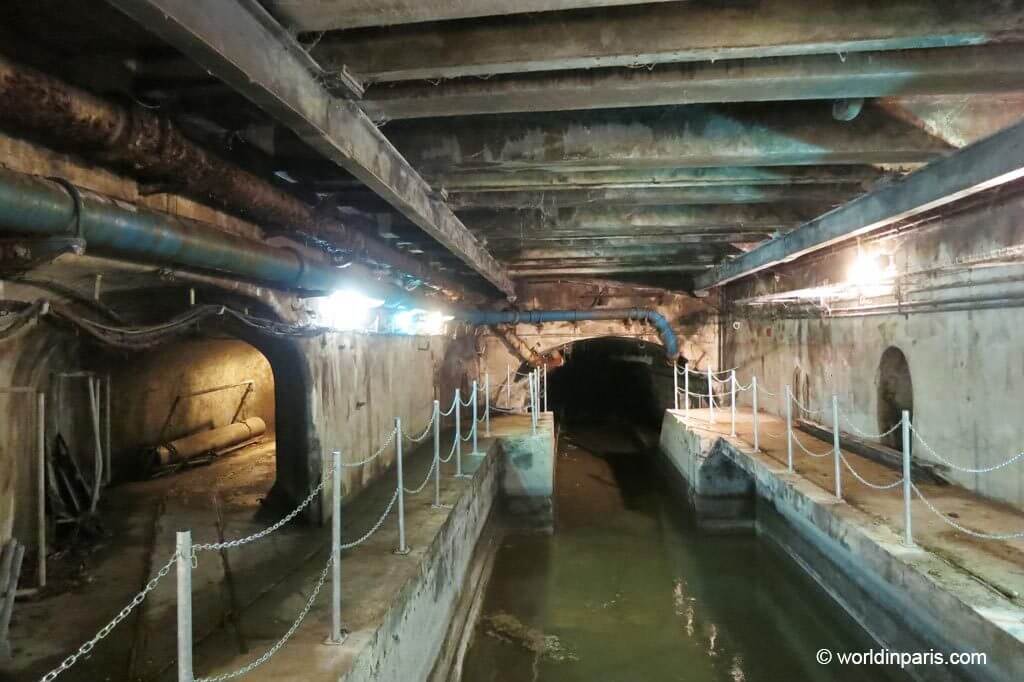
1889: A SEWER MUSEUM FOR PARIS
Organized tours of the Paris’ Sewers were first offered in 1889. Guided Paris Underground Tours were available during “the nice season” twice a month and visitors were transported through the sewer system on wagons and boats.
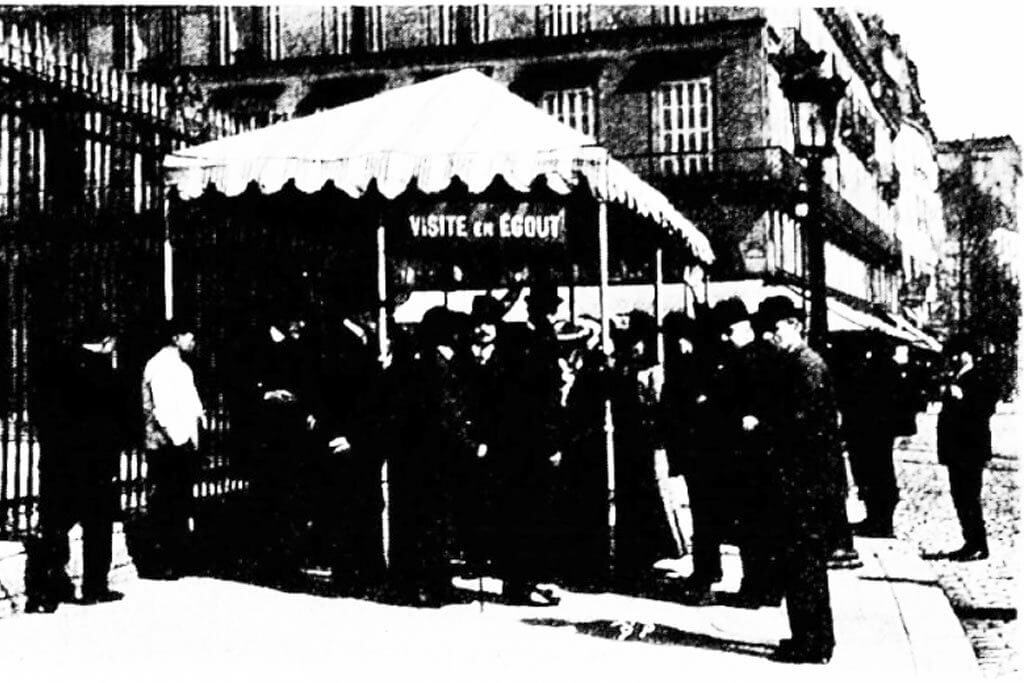
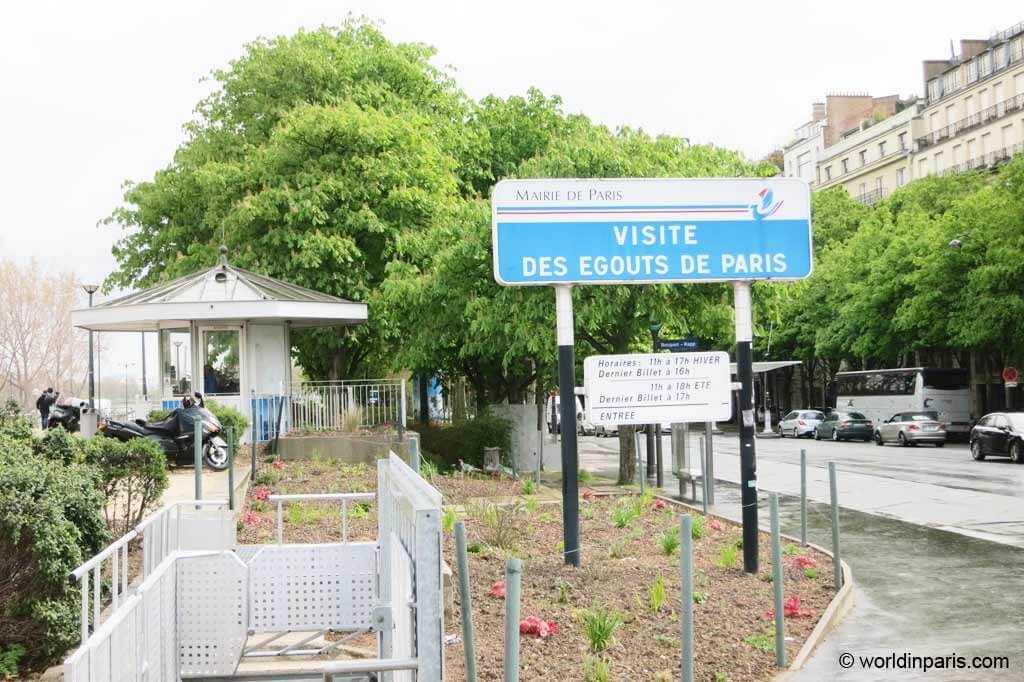
X
VISITING THE SEWER MUSEUM TODAY
If you are looking for unusual things to do in Paris, the Sewer Museum is a good place to start. Today the Paris Sewer Museum details along 500 m of their tunnels the history of drinking water in Paris and the sewer system in Paris, from the former Roman city of Lutetia (first name of Paris) to its modern structure (XIX century). The history of the sewers is explained in a very pedagogical way, all in parallel with the history of Paris. The museum also details the role of sewer workers and methods of water treatment. We were happy to know that Paris is the city which has the biggest and most modern sewer system in the world!
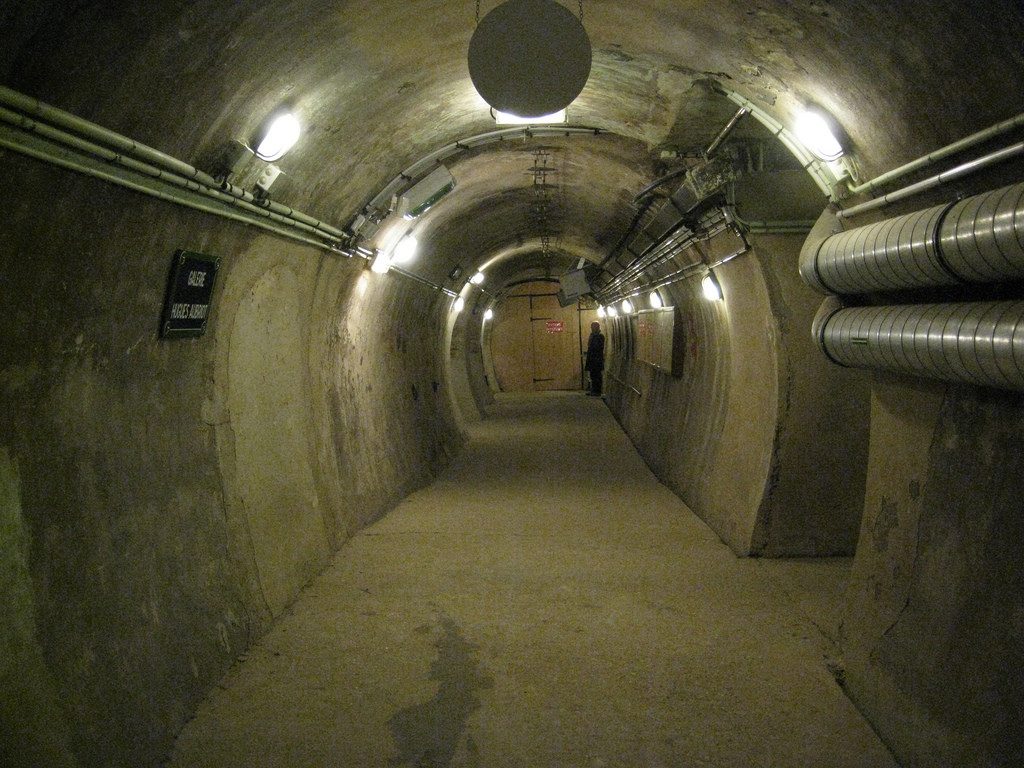 via Flickr CC @Chris Yunker
via Flickr CC @Chris Yunker
X
The Paris sewers system has 2.400 km of tunnels and galleries. In this Paris Underground City, the streets have the same name and the same Parisian street sign than their corresponding streets on the surface so impossible to get lost.
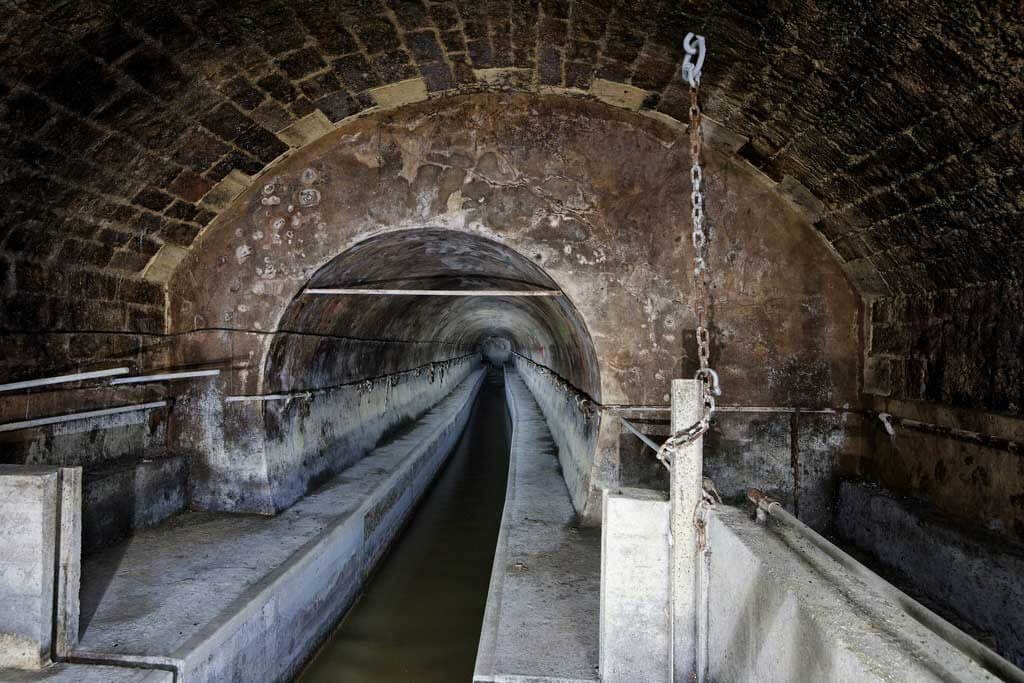 via Flickr CC @Hugo Clément
via Flickr CC @Hugo Clément
X
CURIOUS & INTERESTING THINGS THAT WE LEARNED
The Paris sewer system is also used to heat a local swimming pool in Paris. How? As in cities everywhere, thousands of liters of heated water drain into Paris’ sewage system every day. This water comes from showers, dishwashers and washing machines. The average water temperature through the sewage network is 13 degree Celsius during the winter and 20 degrees in summer. This domestic greywater naturally transfers its heat to the pipes that it flows through which then dissipates in the underground tunnels without any use. However, a new stainless steel lining can recapture between four and eight degrees of this warmth. The system, developed by French waste and water group Suez, can boost this to 50 degrees and pump water to where it is needed.
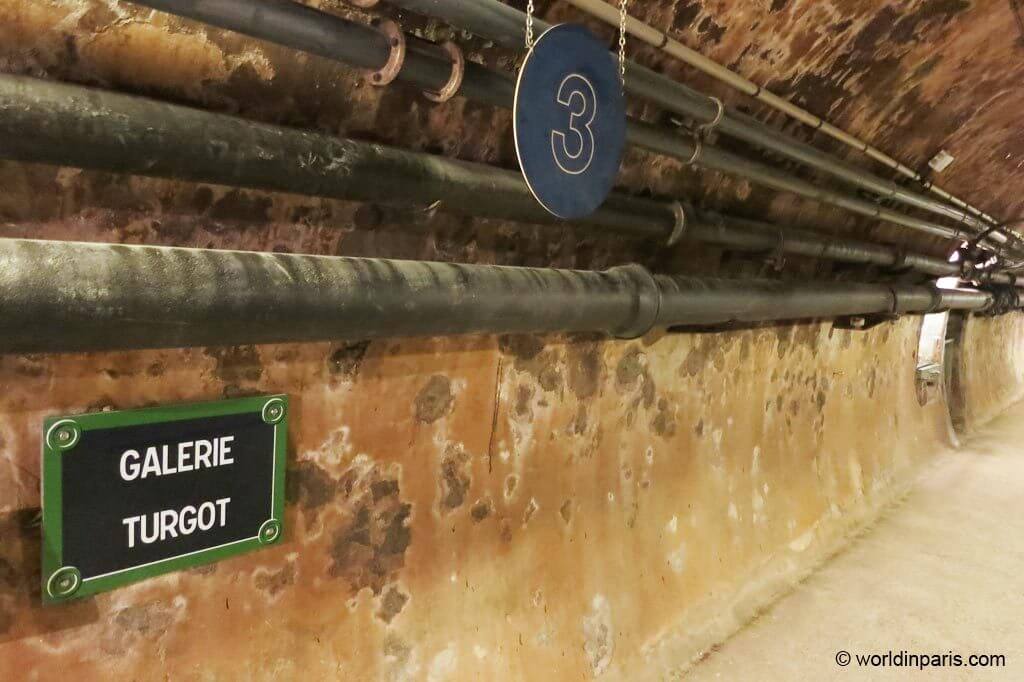
Some other interesting things that we learned during our visit:
- Romans built an initial sewer system along the alignment of the present Boulevard Saint Michel, flowing into the Seine in what is now Place Saint Michel;
- In 1802 Napoleon Bonaparte decided to dig the Ourcq Channel to supply up to 70.000 m3 a day. His decision followed his conversation with the chemist Jean-Antoine Chaptal, minister of the Interior at that time, during which Napoleon expressed his desire to “do something grand and useful for Paris”. Chaptal replied: give people water!
- The Alma Bridge (1854-56) inaugurated by Napoleon III to commemorate the victory against Russians in Crimea (1854) has 4 sculptures representing the four kinds of soldiers who participated in this war. The Zouave (French soldier from the North Africa armies) is the only original statue still on its place (the others were moved to museums) and has the sad task to measure the Seine’s floods. It is not an official measurement system, it is mostly a sentimental thing for Parisians. The access to the footpaths along the river quays is usually closed when the Seine’s level reaches the feet of the Zouave. When the water hits his thighs, the river is not navigable. During the great flood of the Seine (1910) the level reached his shoulders (+8.62m).
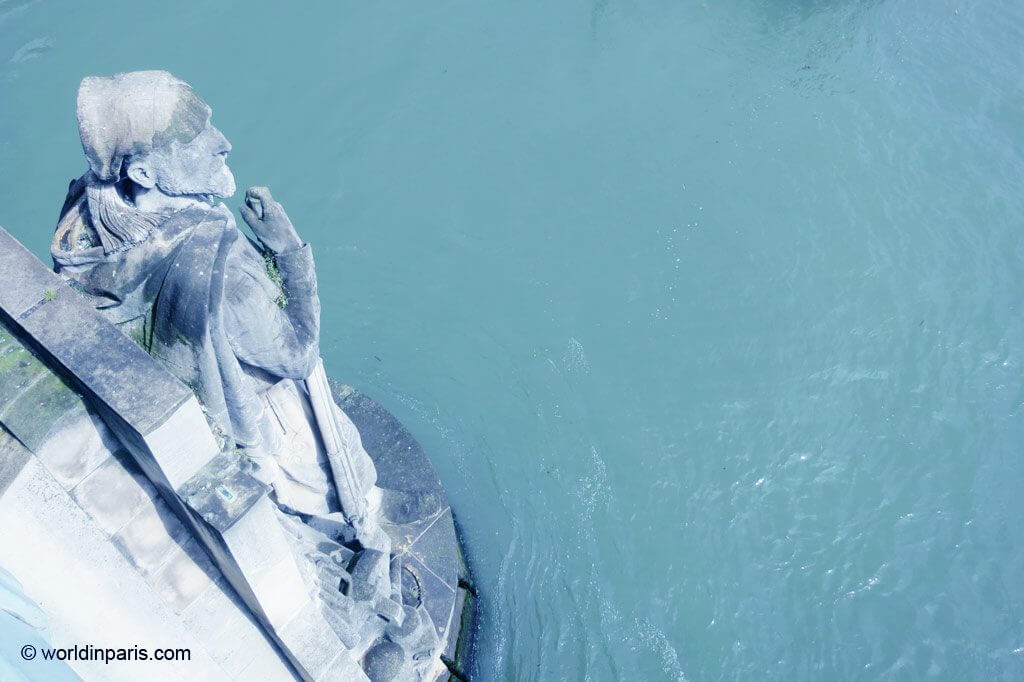
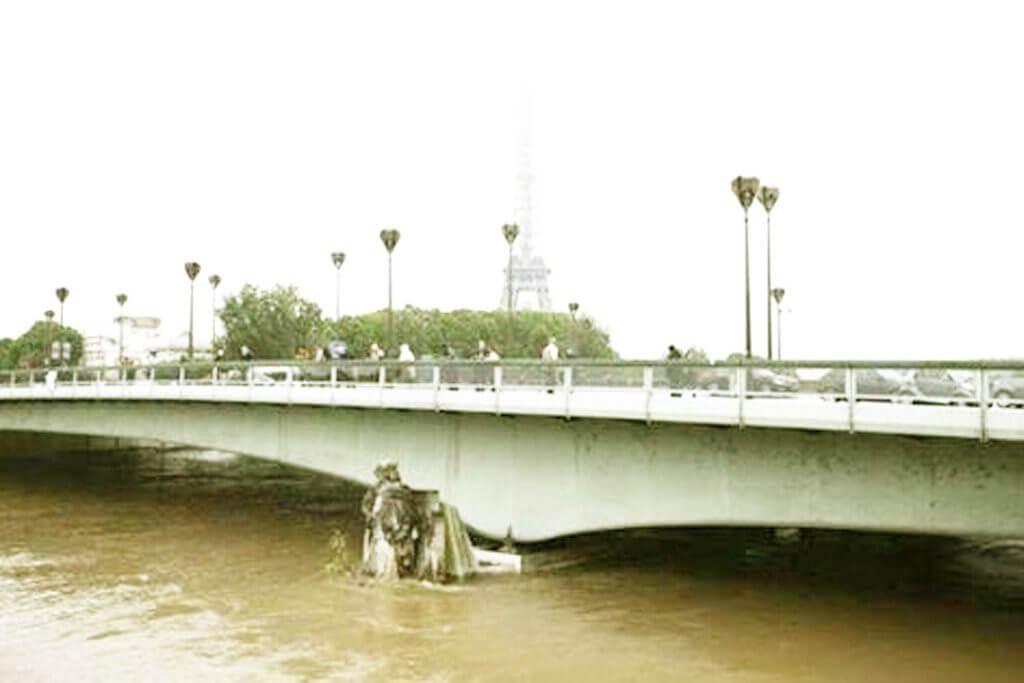
X
PARIS SEWER MUSEUM TIPS AND PRACTICAL INFO
We suggest visiting this museum in the summertime because the temperature is a little bit fresh.
The smell in the galleries is not that bad as you may think. If you are very sensitive it is better to visit this museum in the winter time when the smell is less strong.
The museum is open every day from 11.00 am to 5.00 pm (4.00 pm in winter time) except Thursday and Friday. In January the museum closes for 2 weeks for a general maintenance but the website does not specify the dates.
Ticket price is 4.2 € (Adults)
Address is Pont de l’Alma, place de la Résistance, (in front of 93 quai d’Orsay) 75007 Paris. M. Alma-Marceau, L9 or RER Pont de l’Alma-Musée du Quai Branly, LC; Vélib post #7.022
Post’s featured image via Flickr CC @Shadowgate
Click here to explore other Paris Hidden Gems
Back to Homepage
Pin it now & read it later
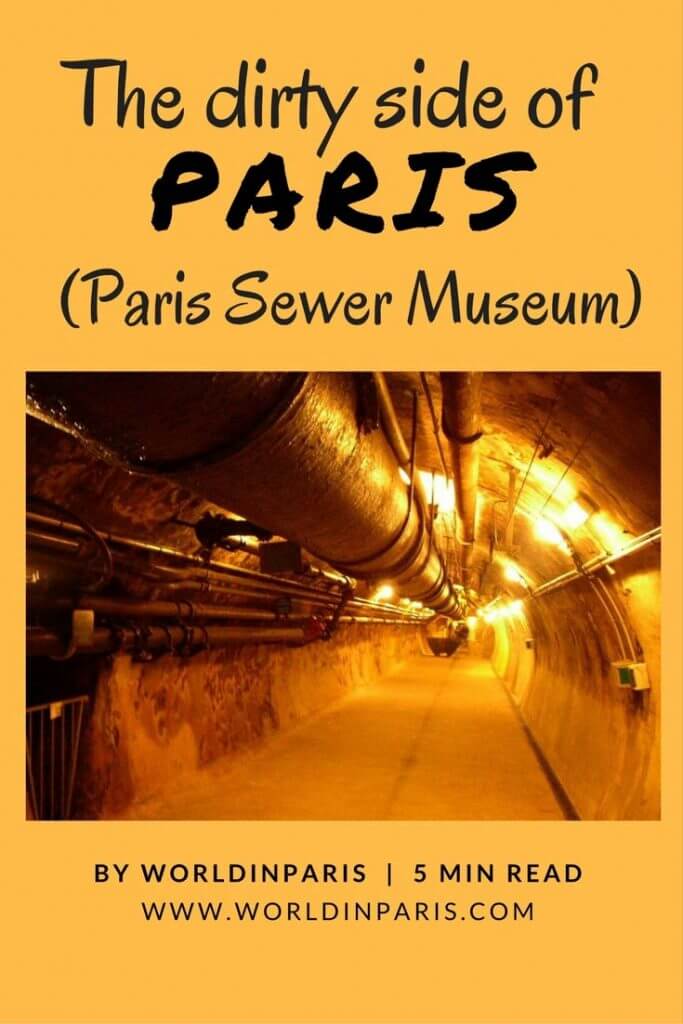
Disclaimer: this post includes affiliate links, meaning we get a small commission if you make a purchase through our links. It costs you nothing more (in fact, if anything, you’ll get a nice discount) but helps us to go on creating incredible Paris content for you. We trust all products promoted here and would never recommend a product that isn’t of value.
World in Paris is a participant in the Amazon Services LLC Associates Program, an affiliate advertising program designed to provide a means for sites to earn advertising fees by advertising and linking to amazon.com, amazon.co.uk, amazon.ca. Amazon and the Amazon logo are trademarks of Amazon.com, Inc. or its affiliates.
Mona Lisa Icon made by Freepik from www.flaticon.com
X

